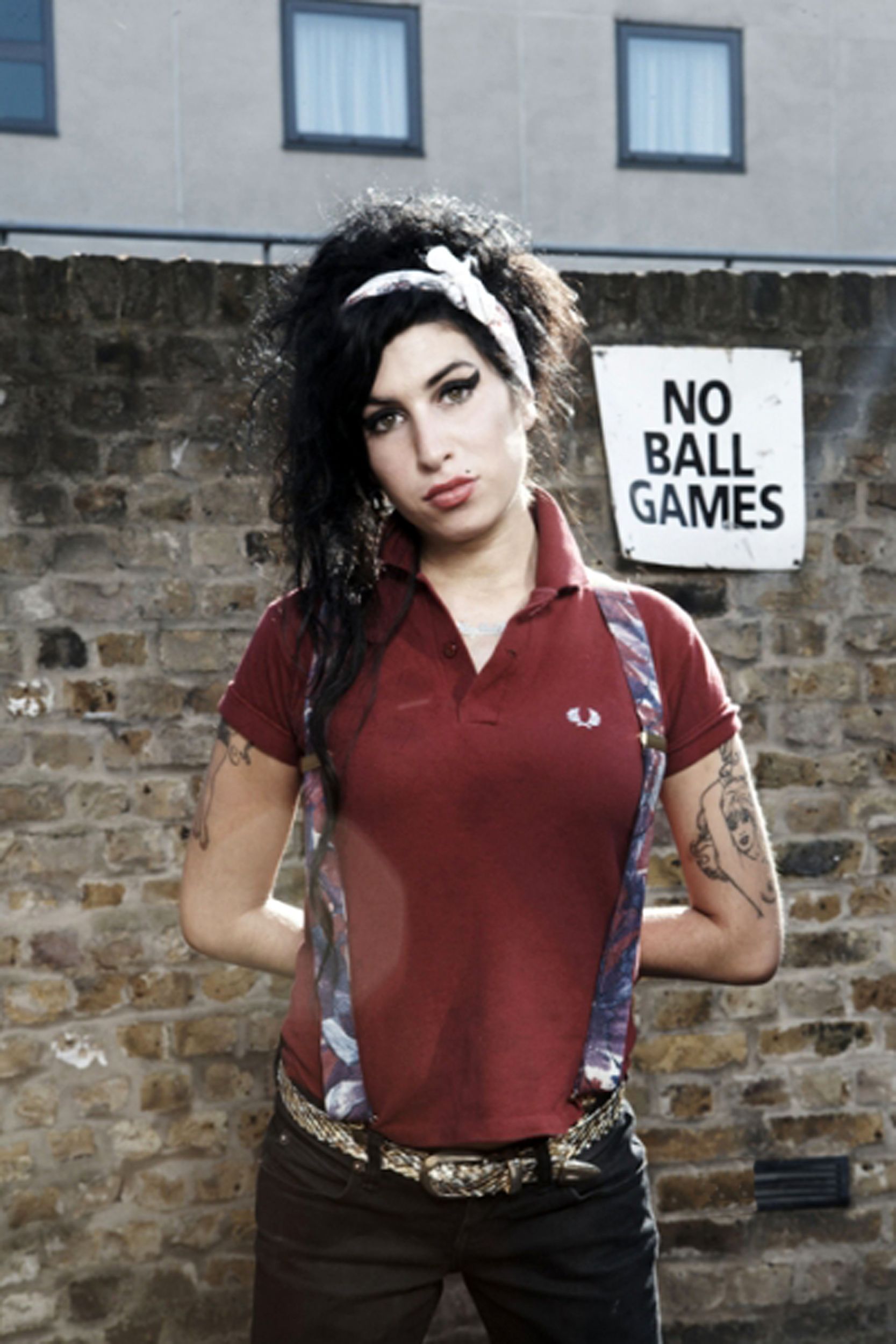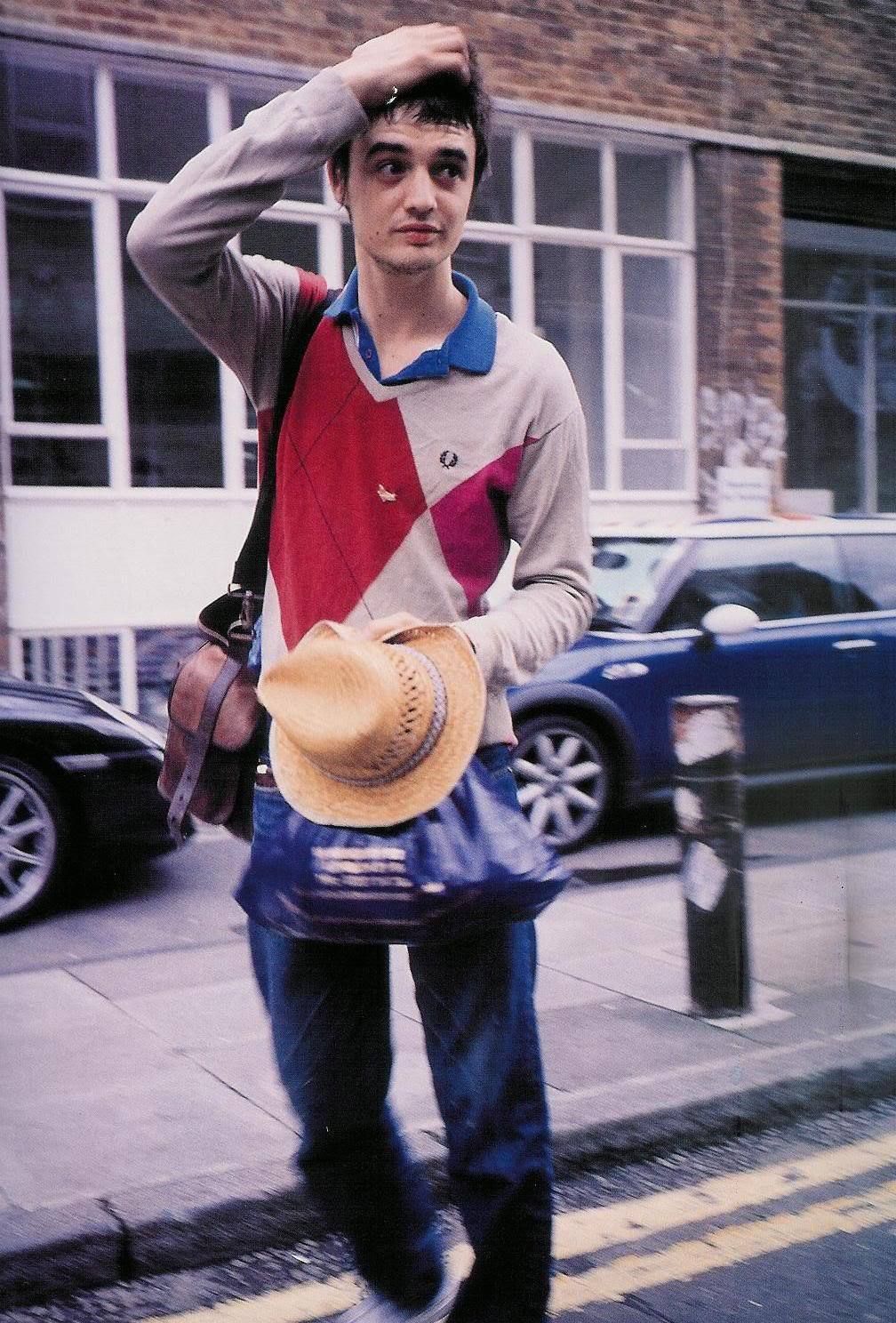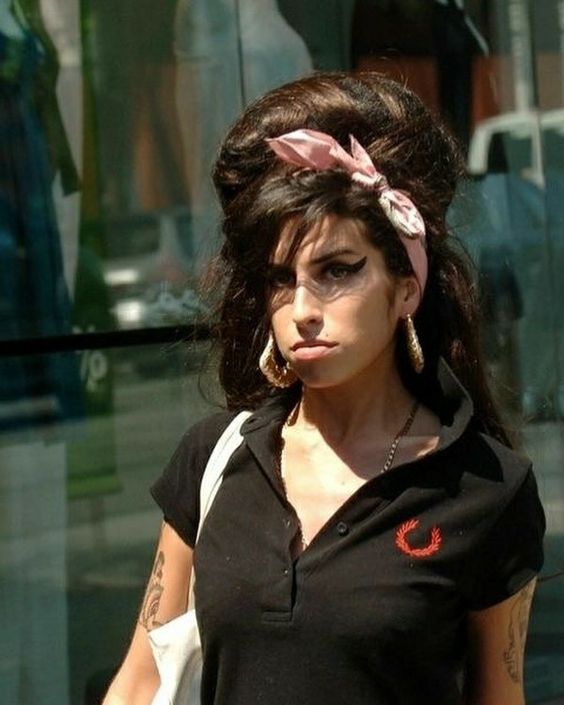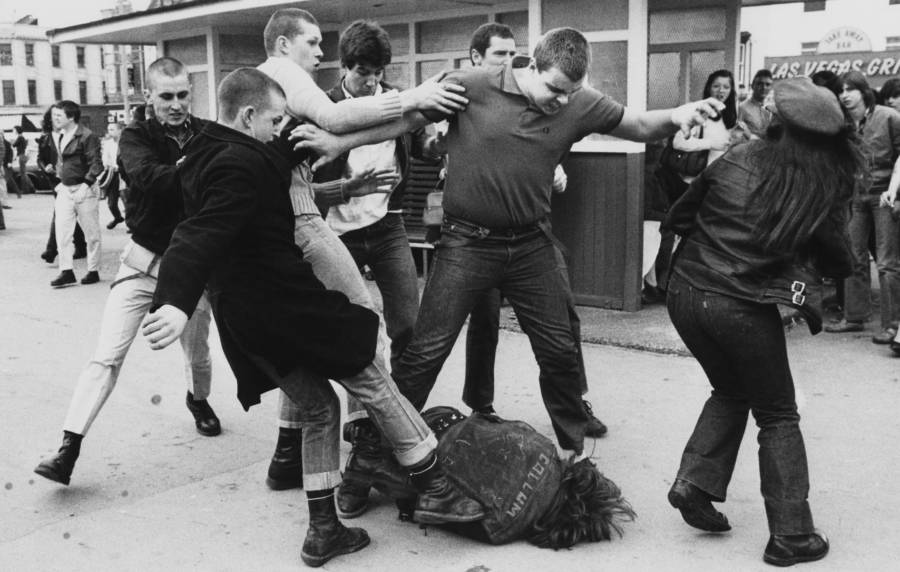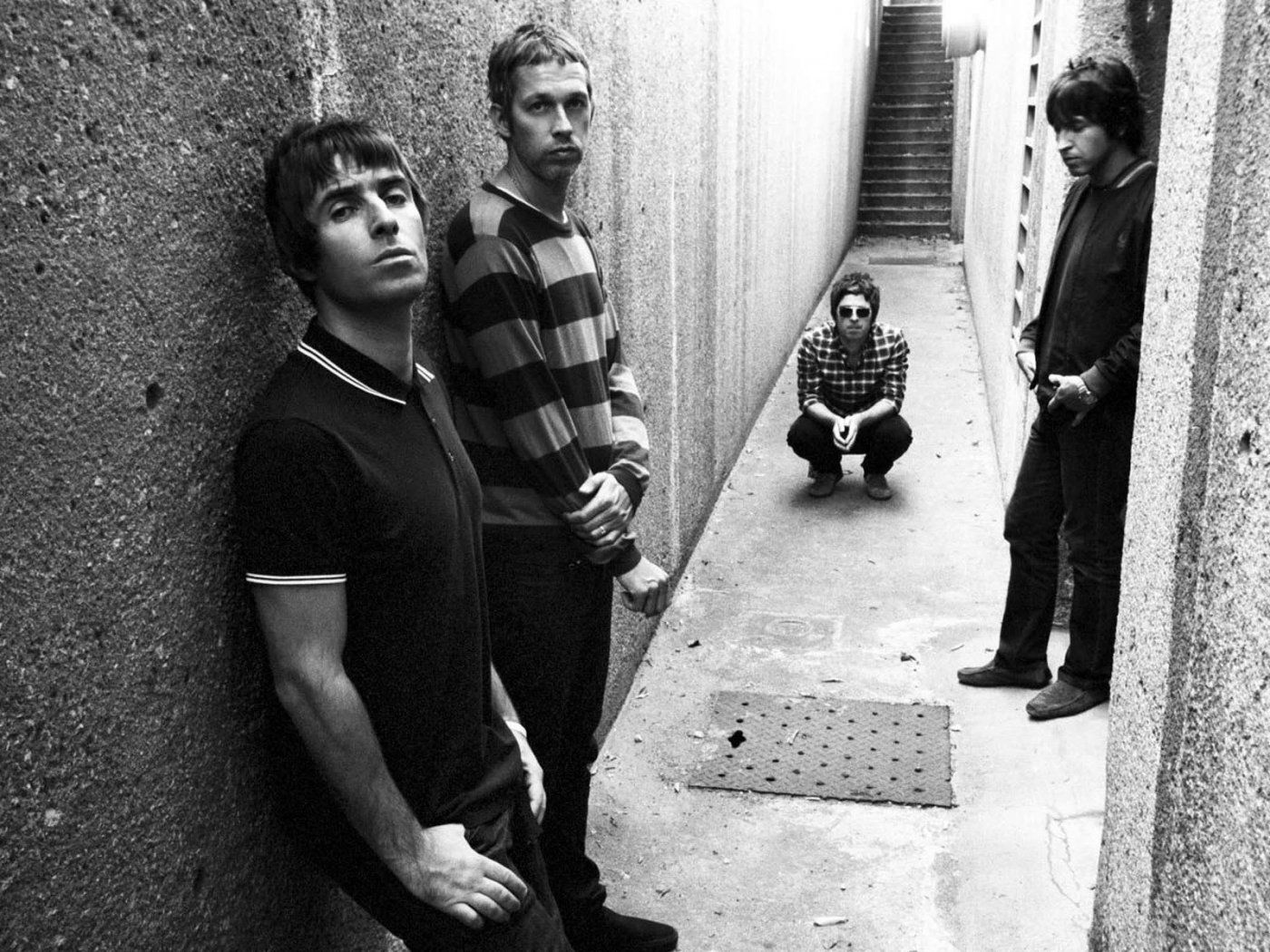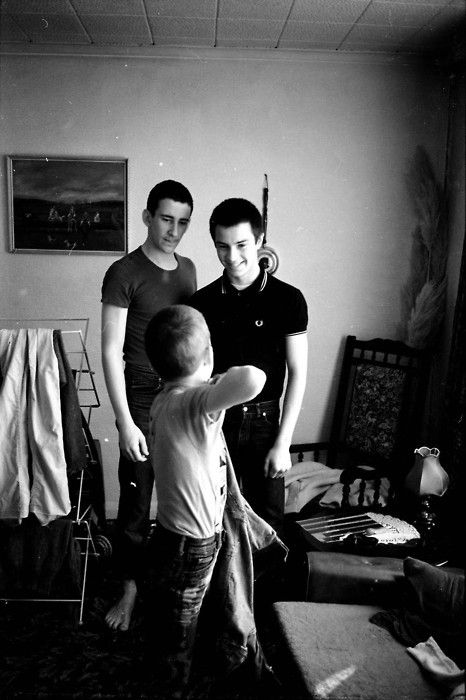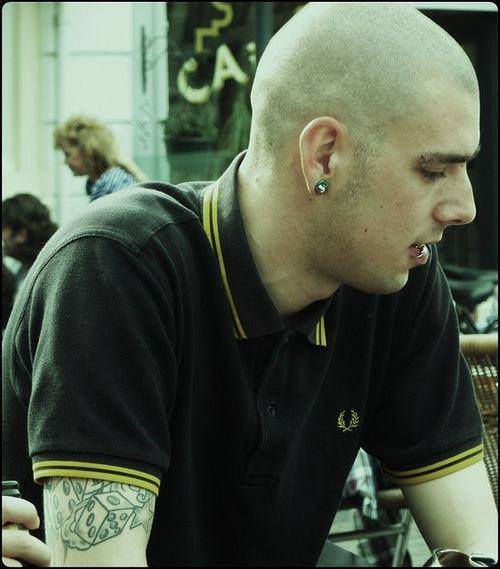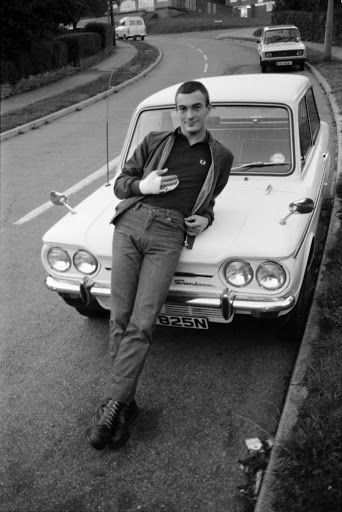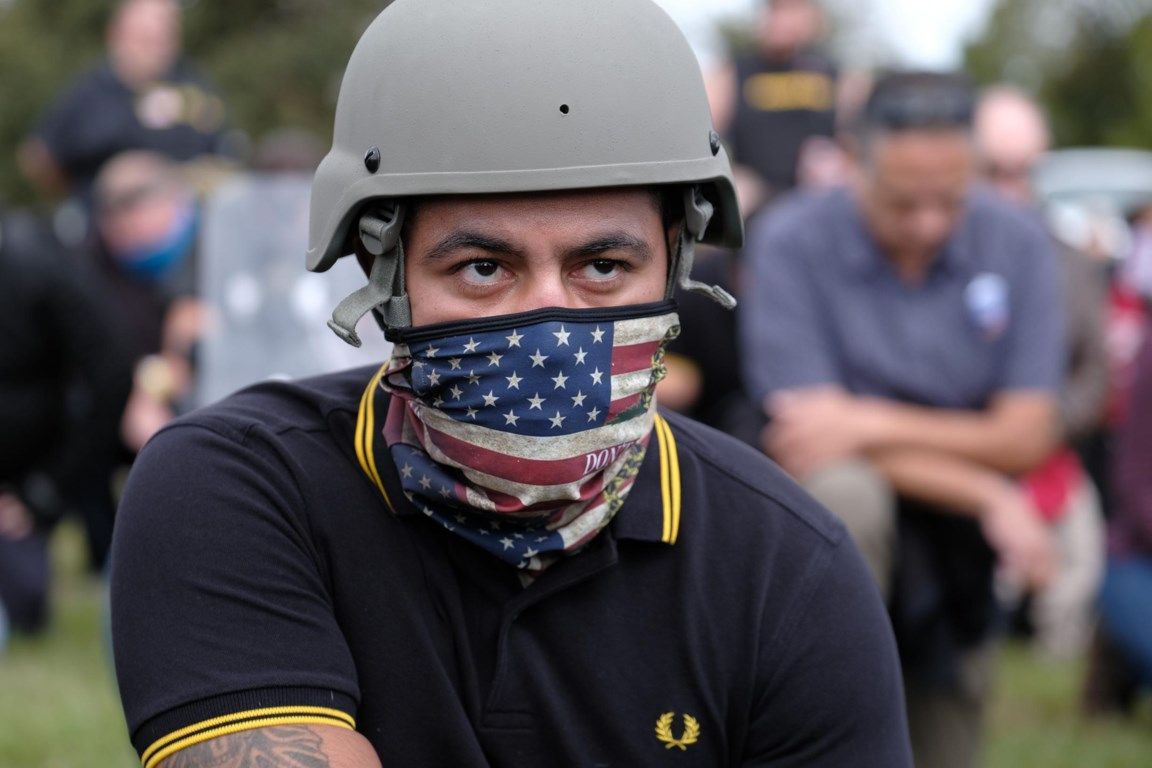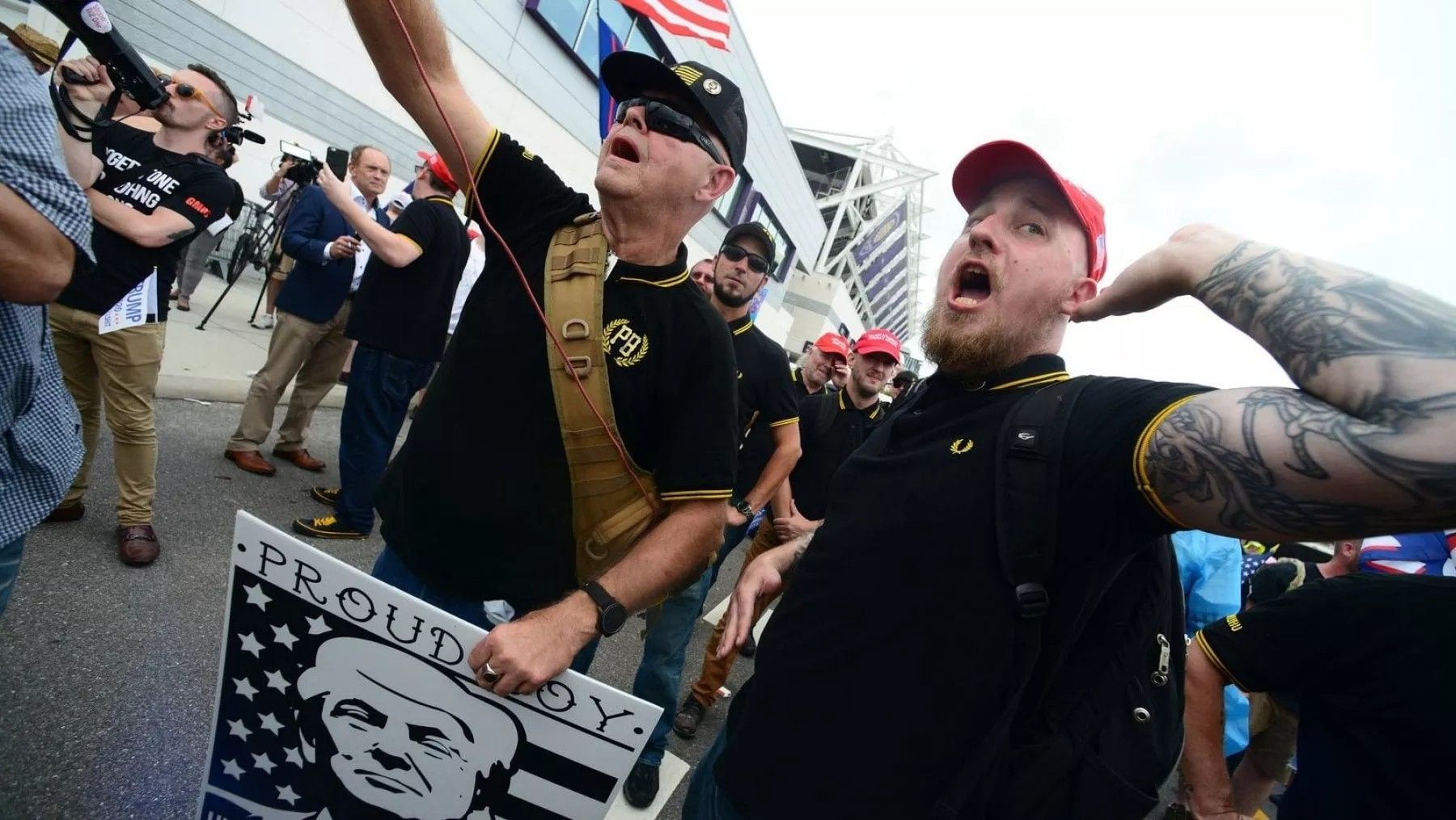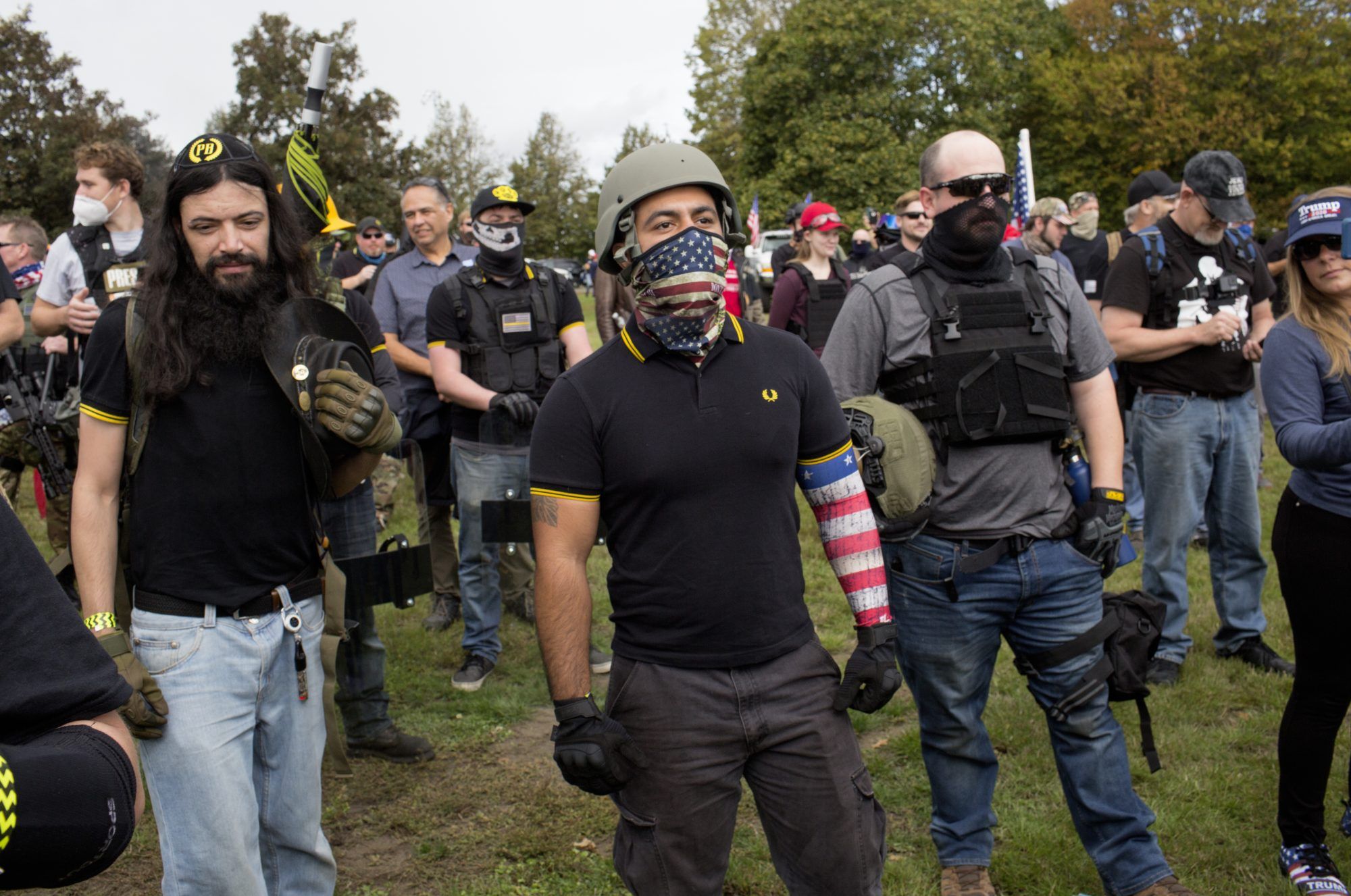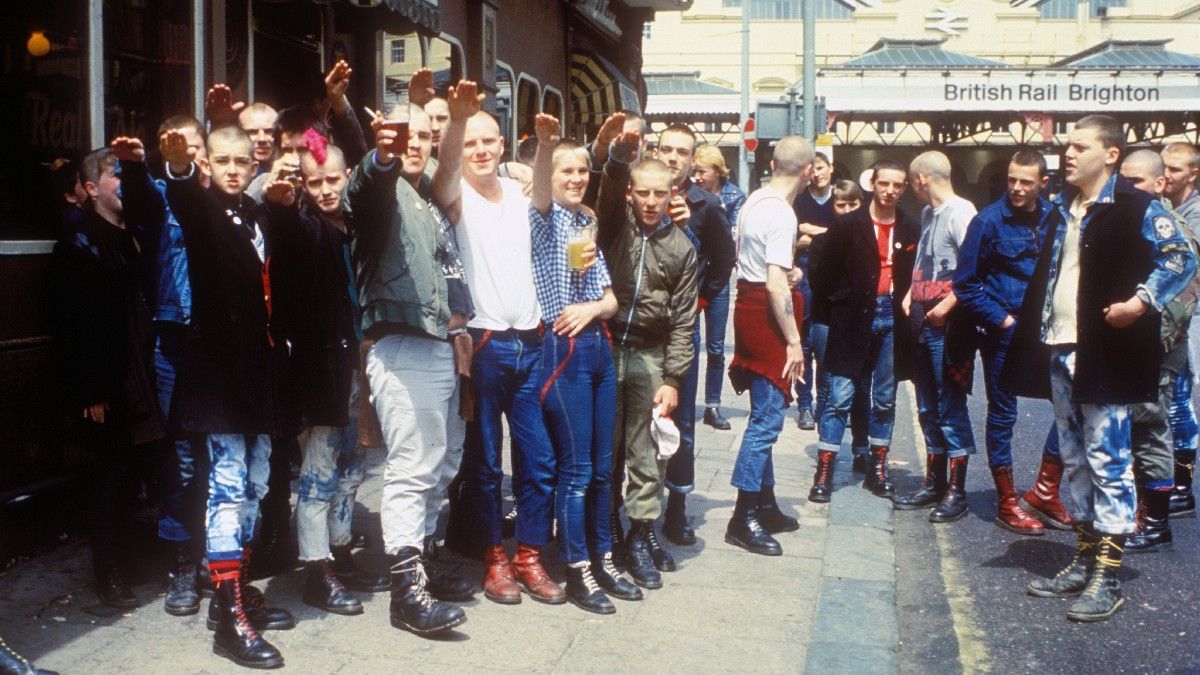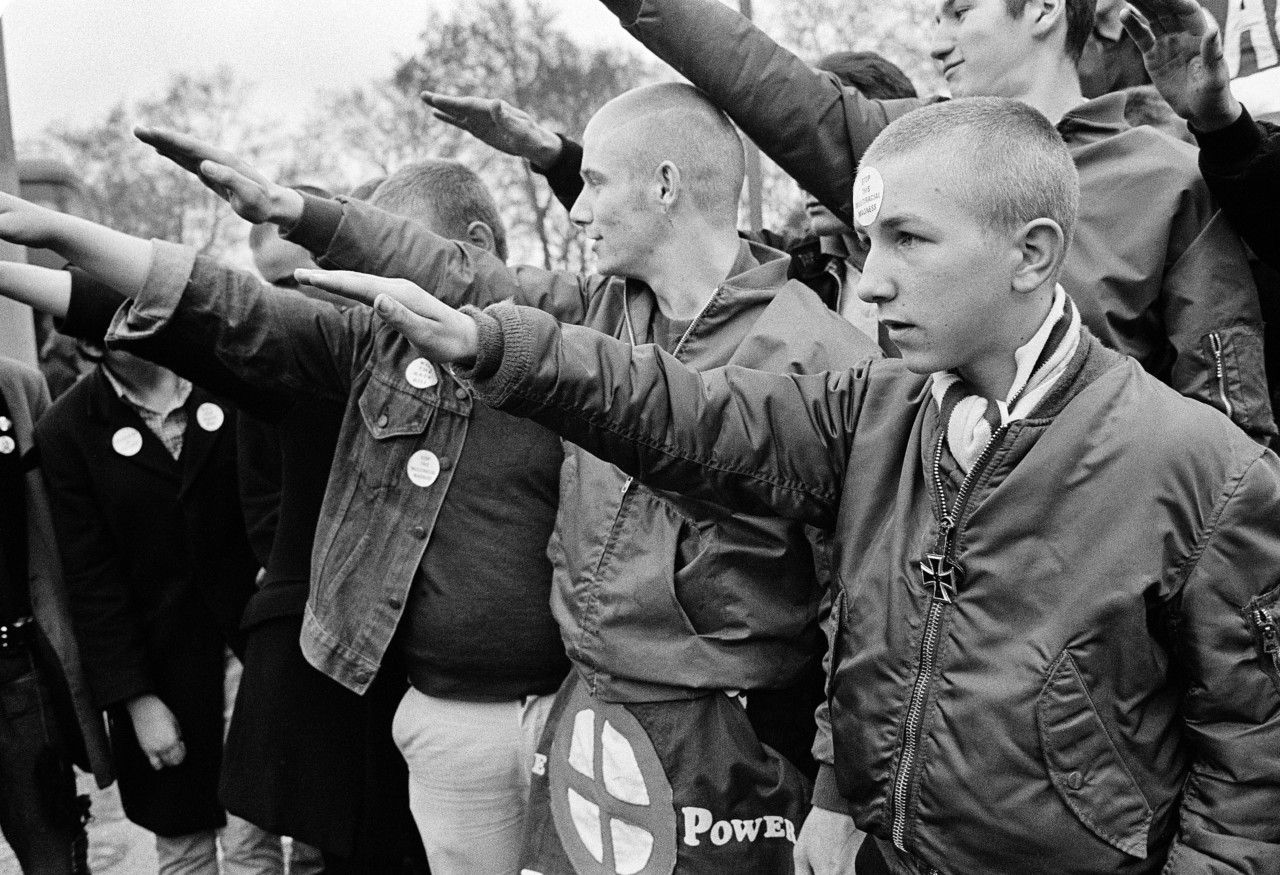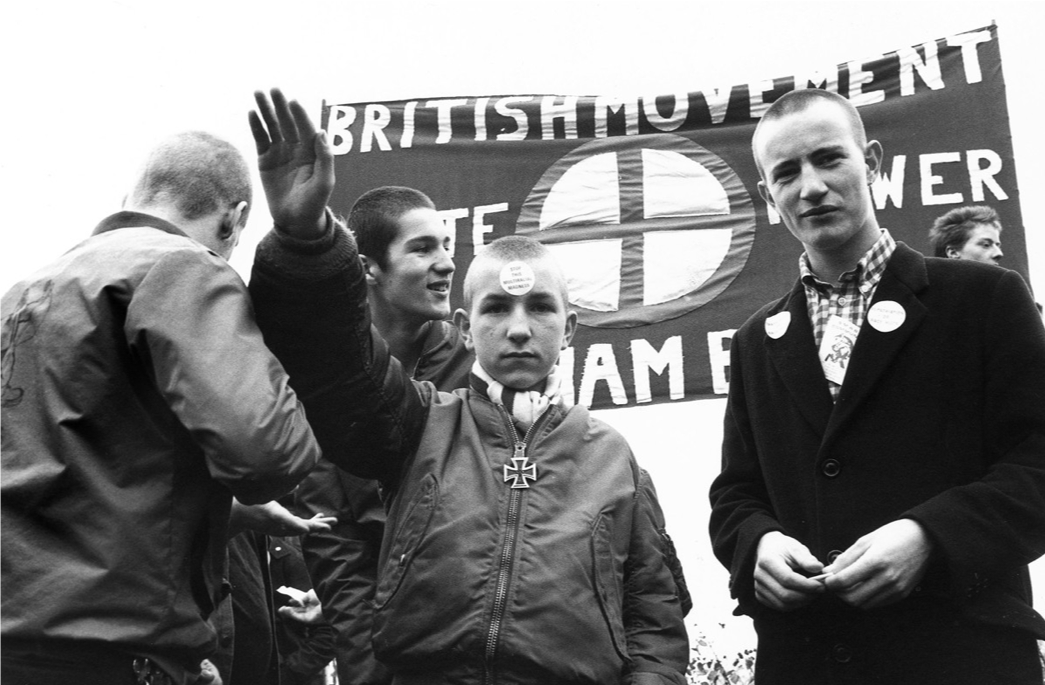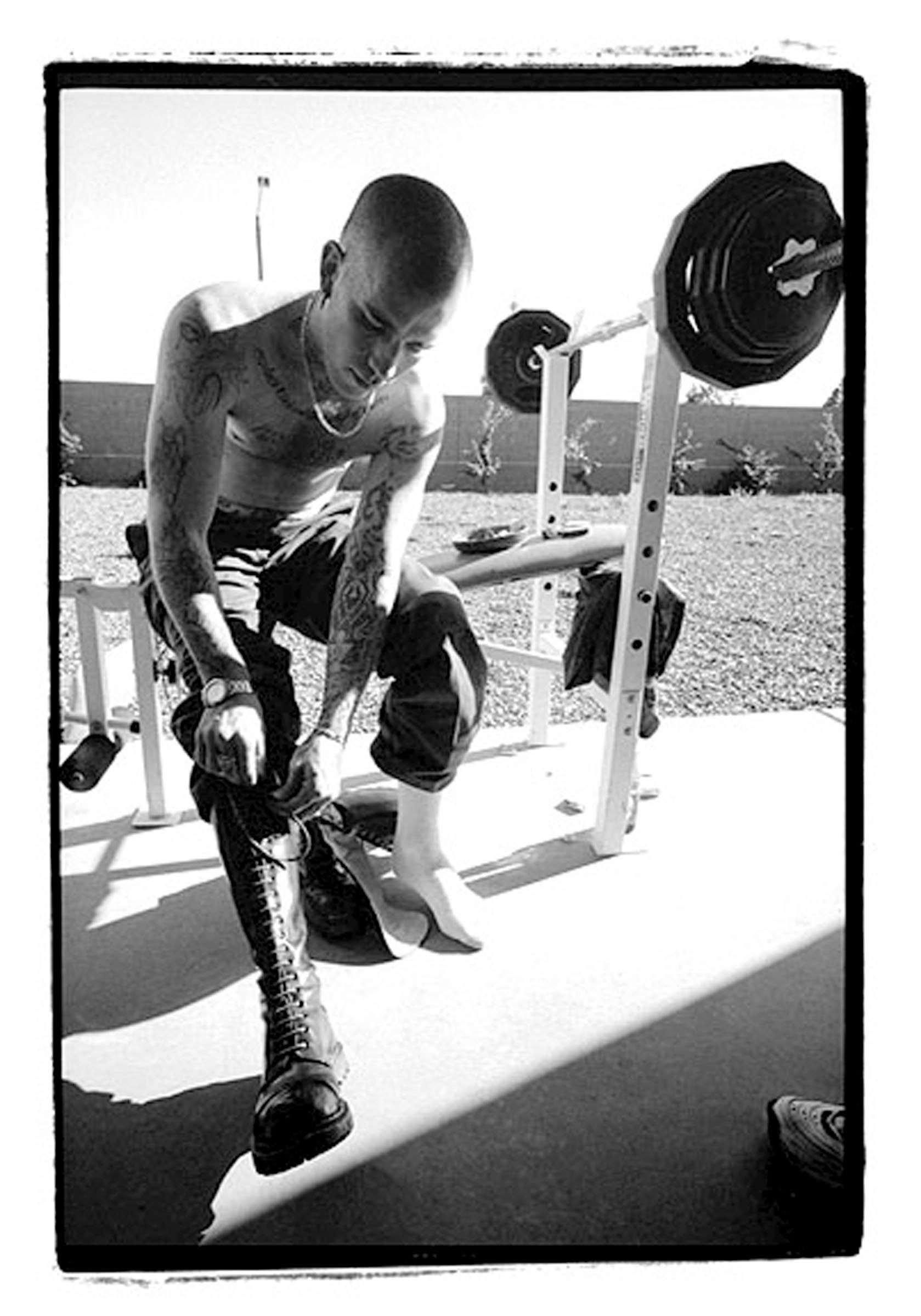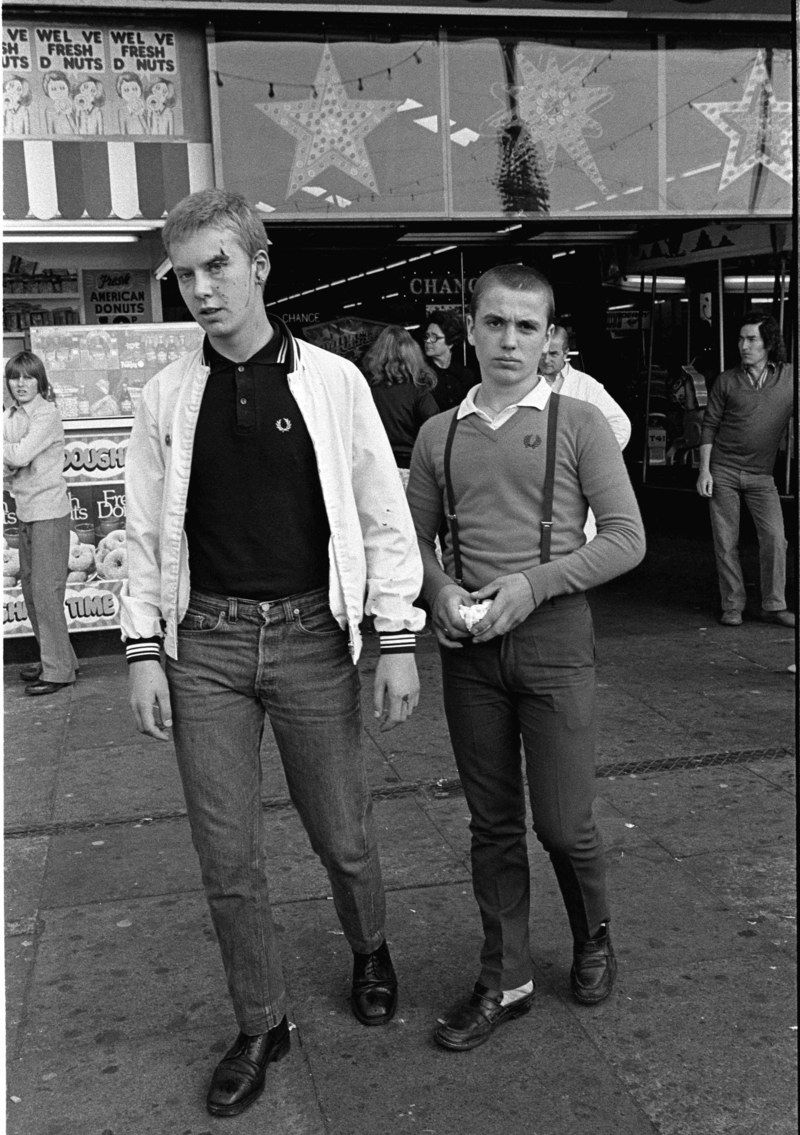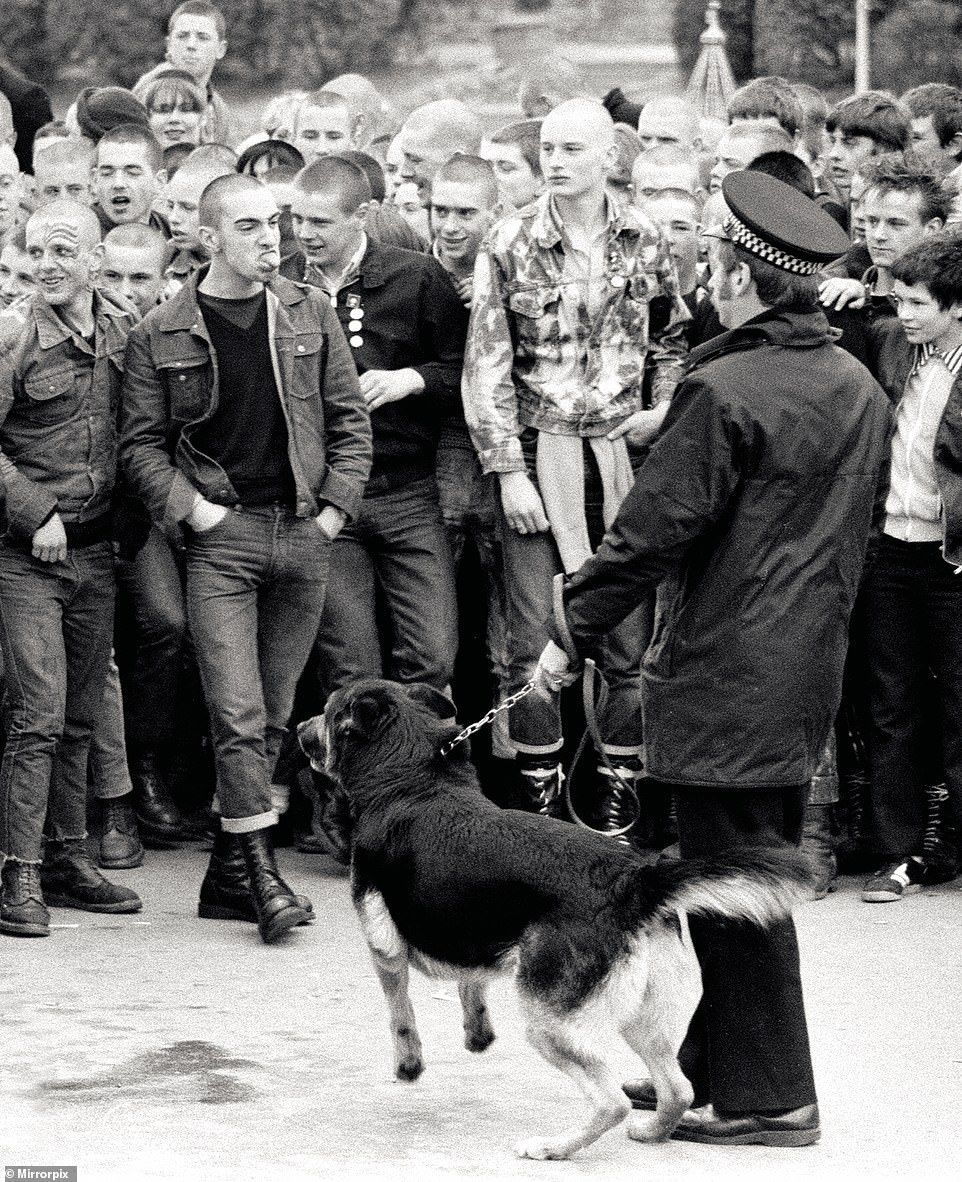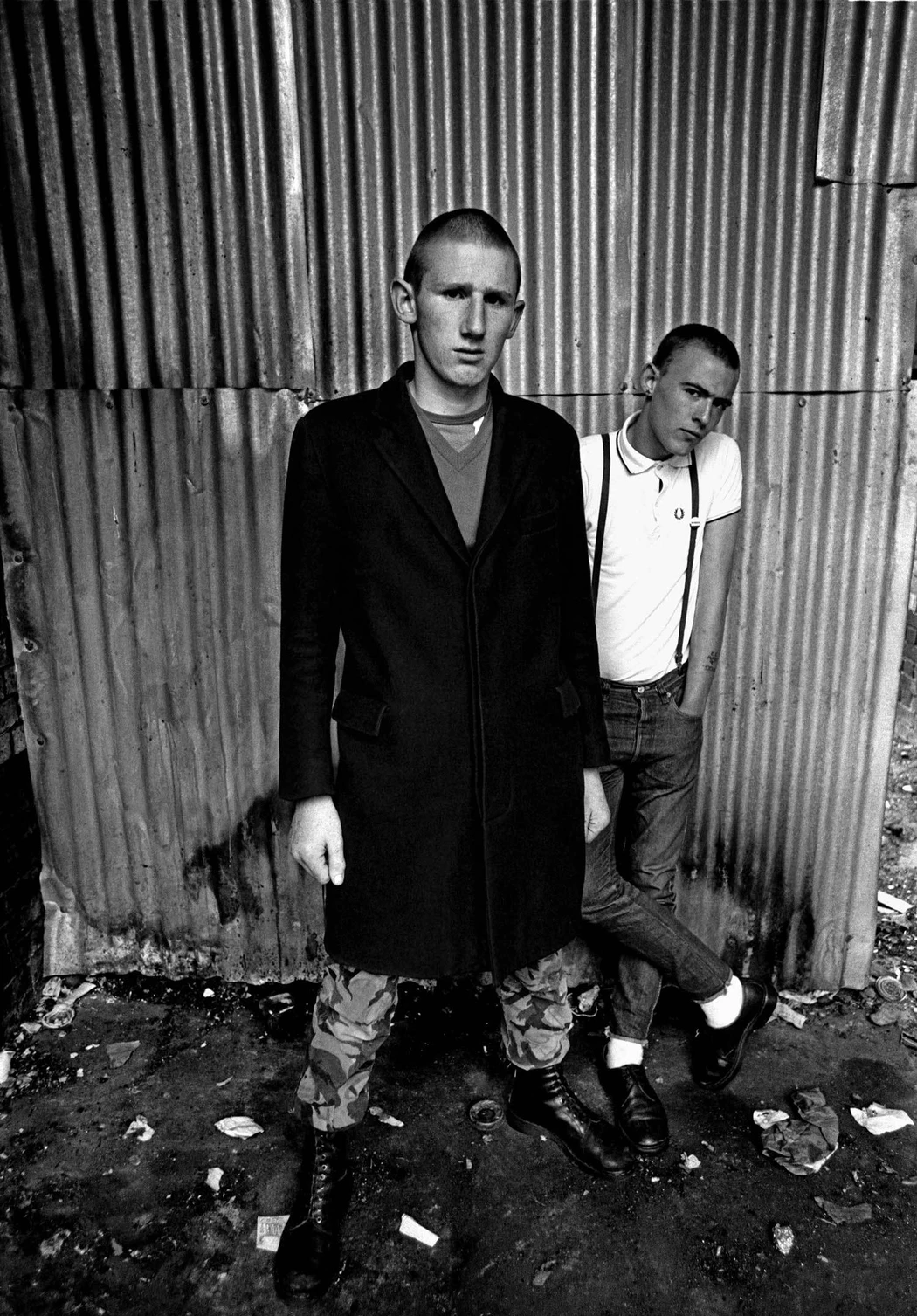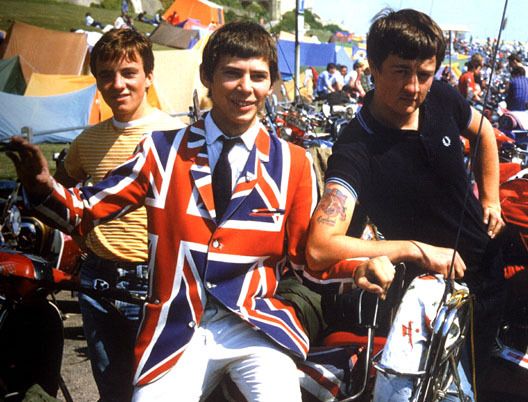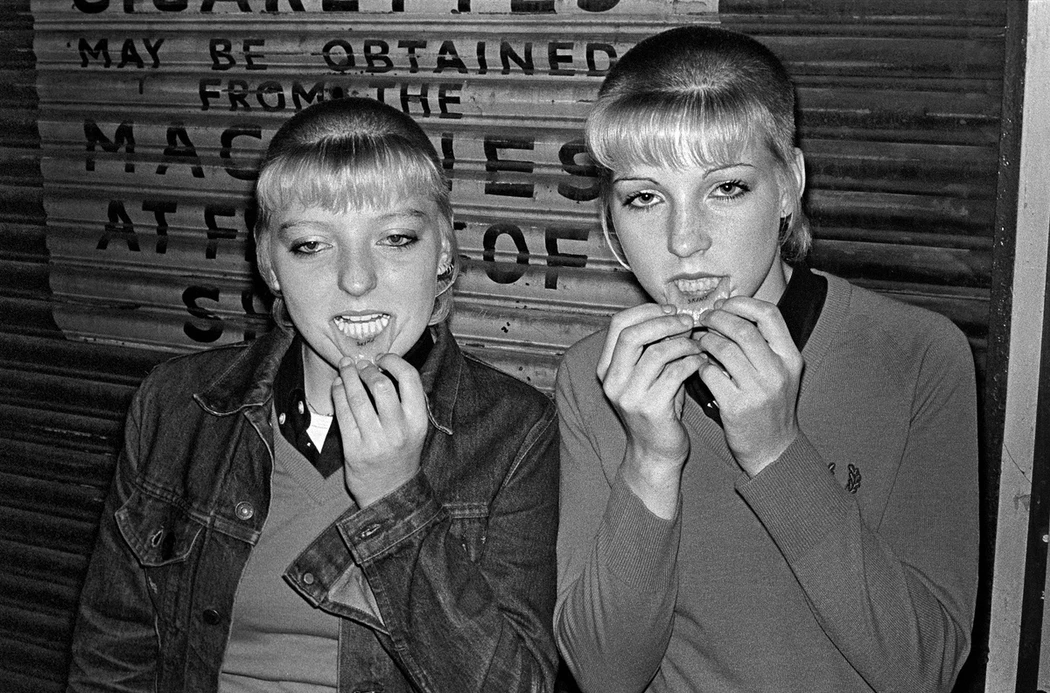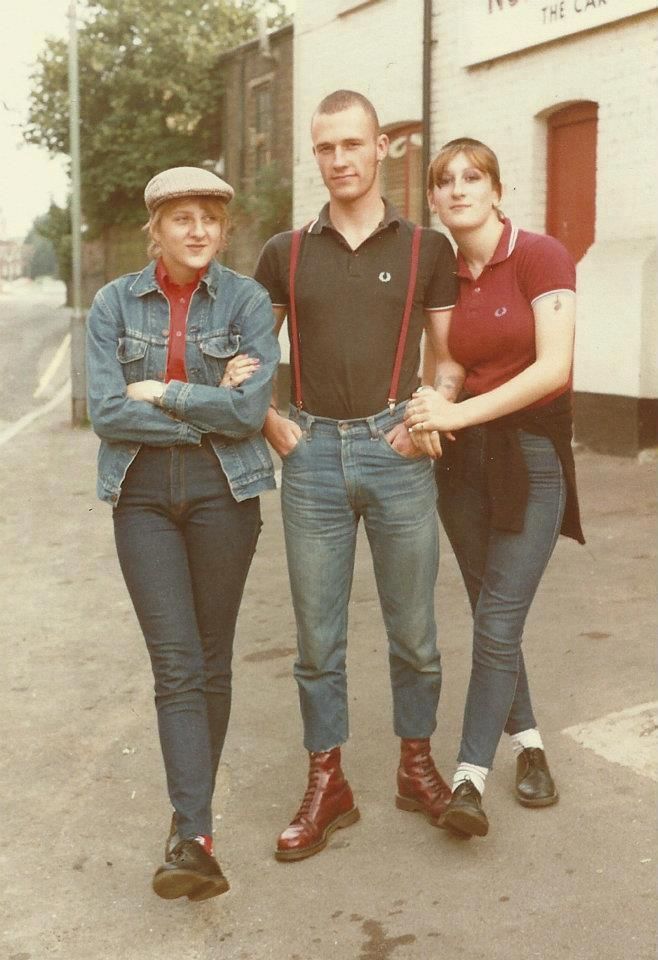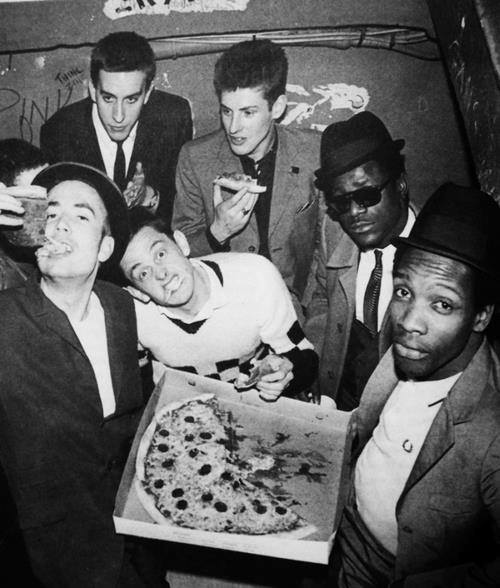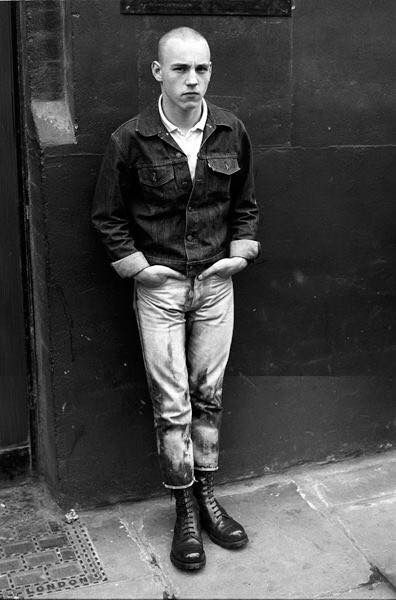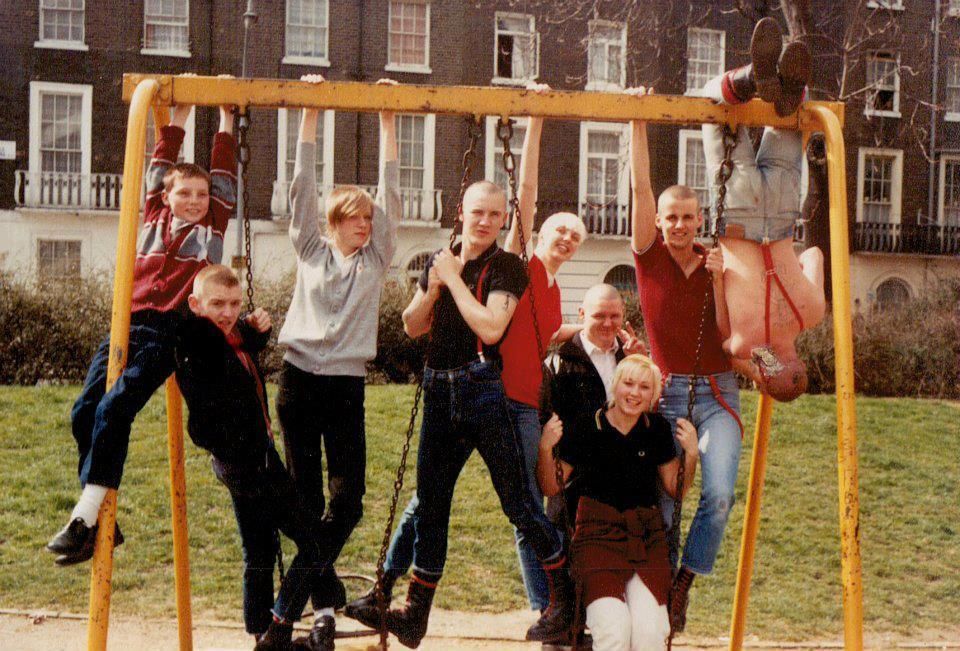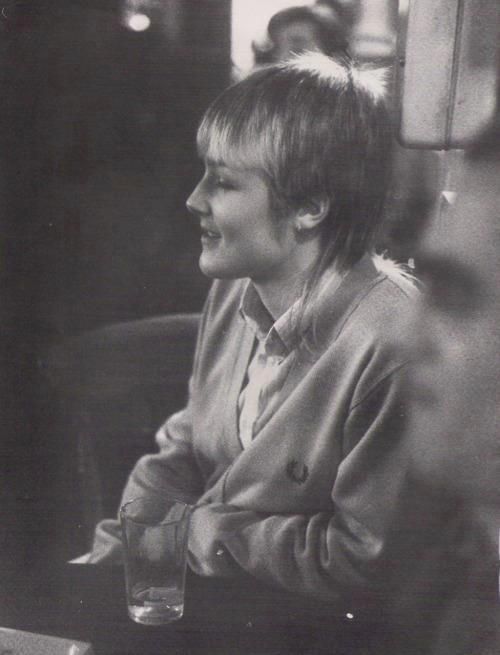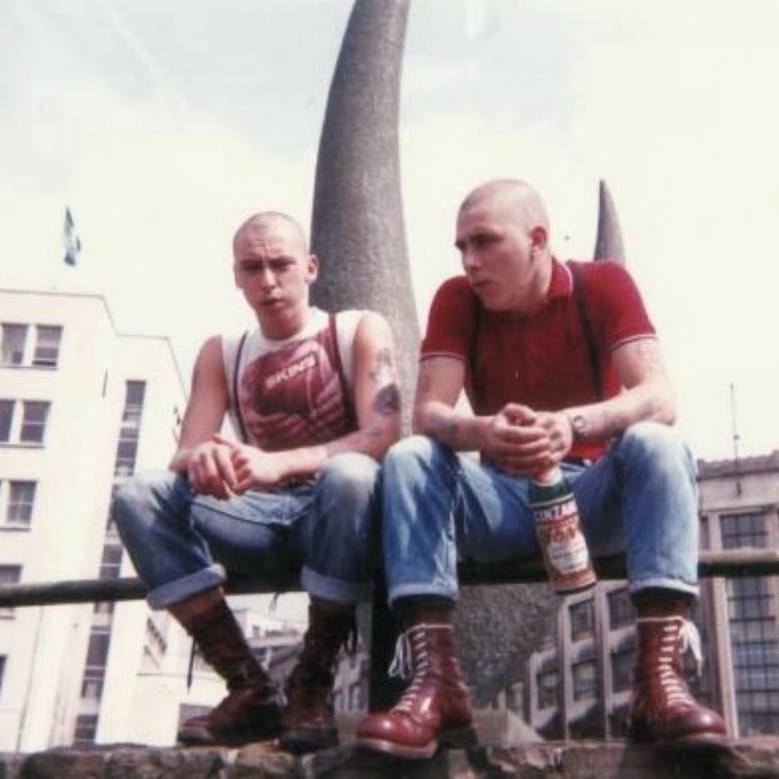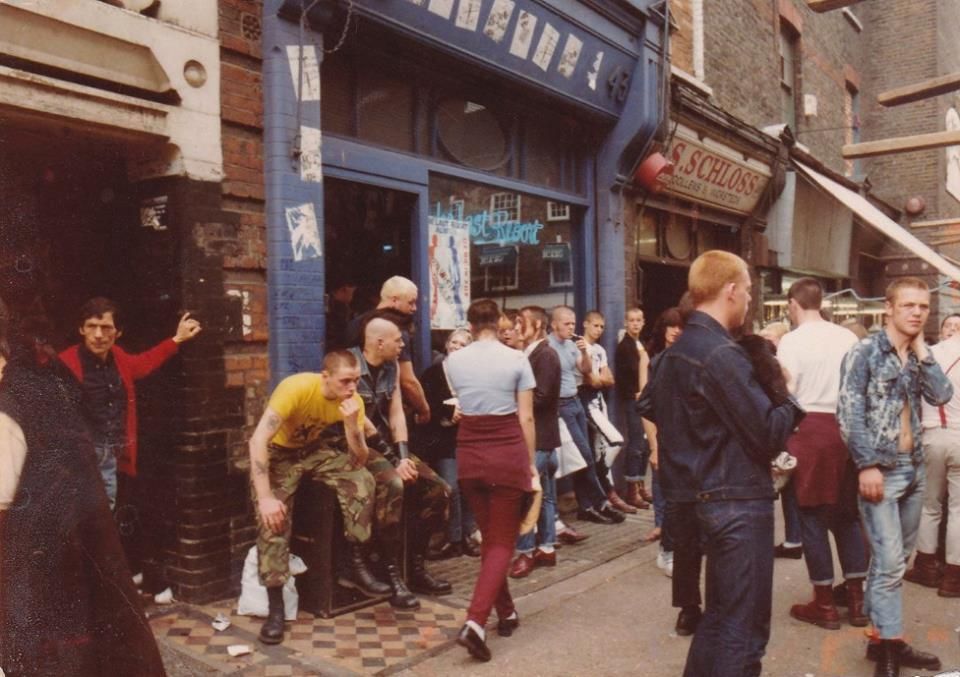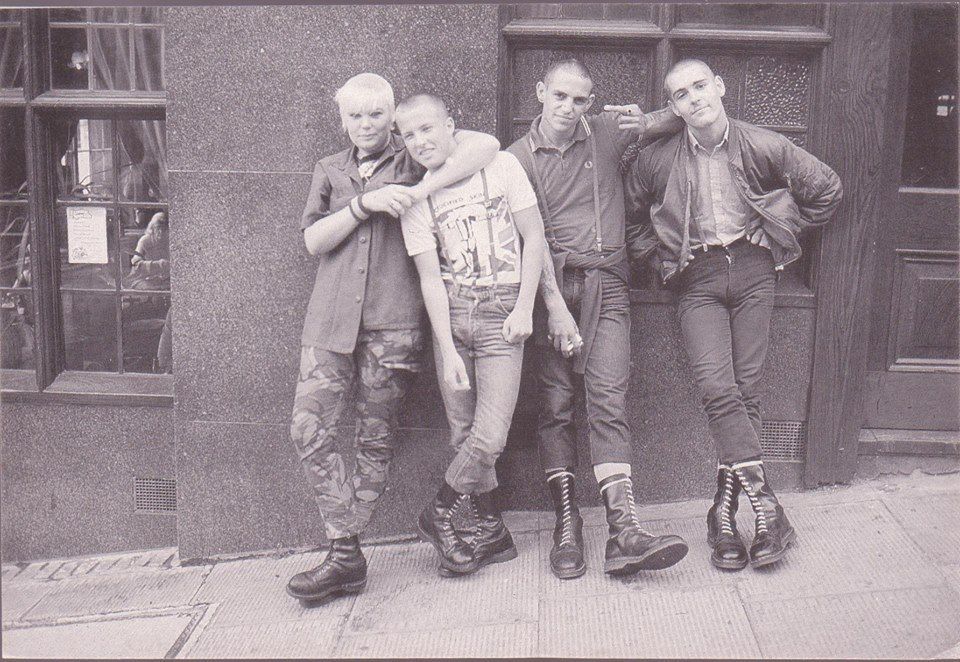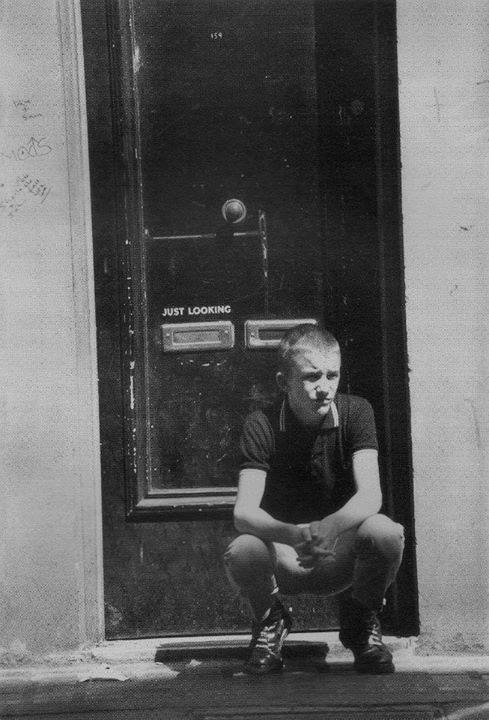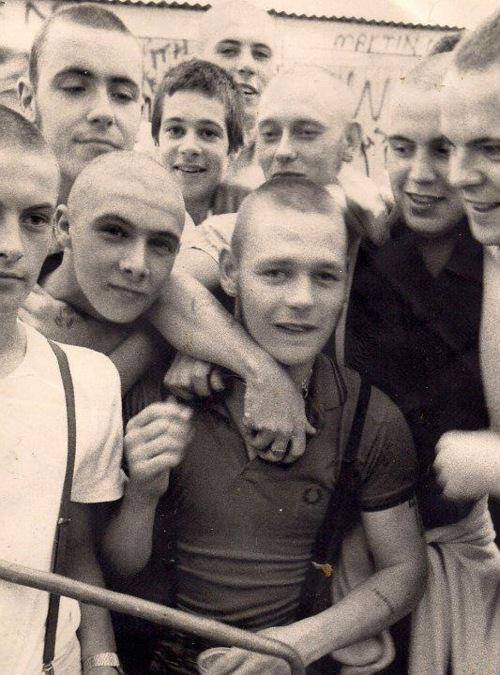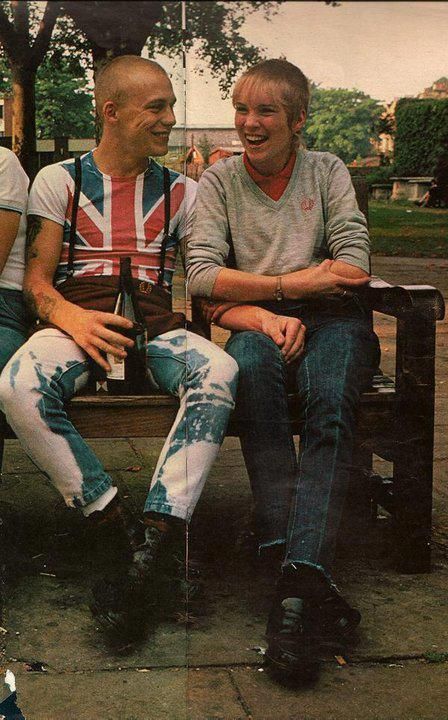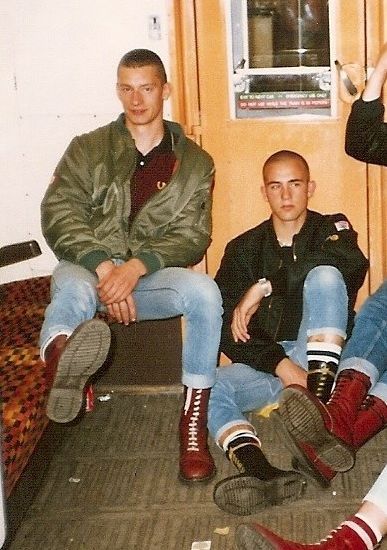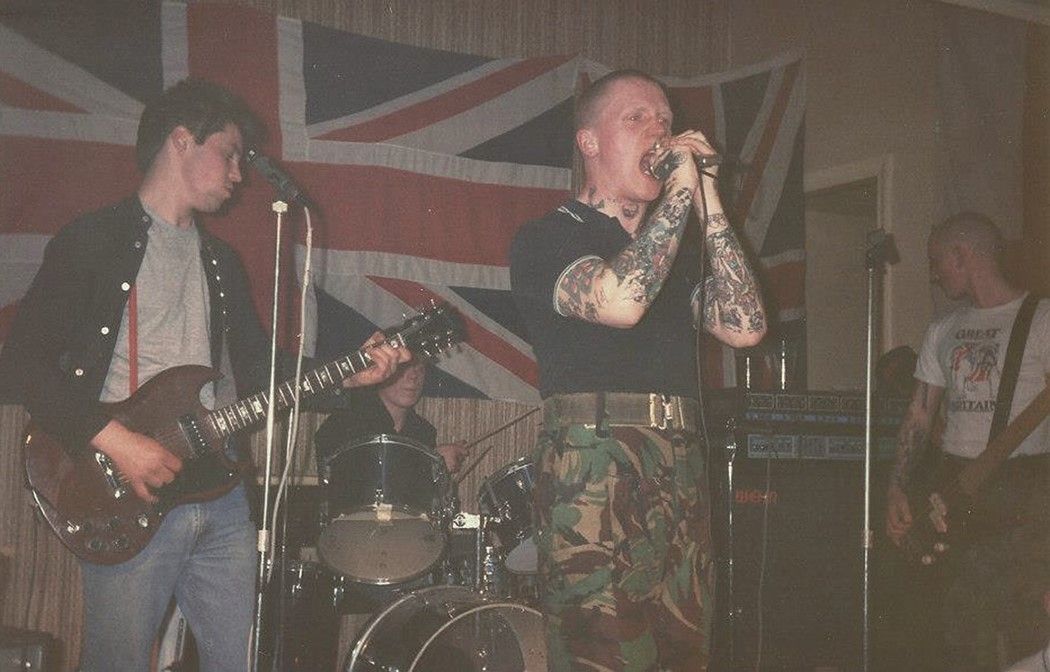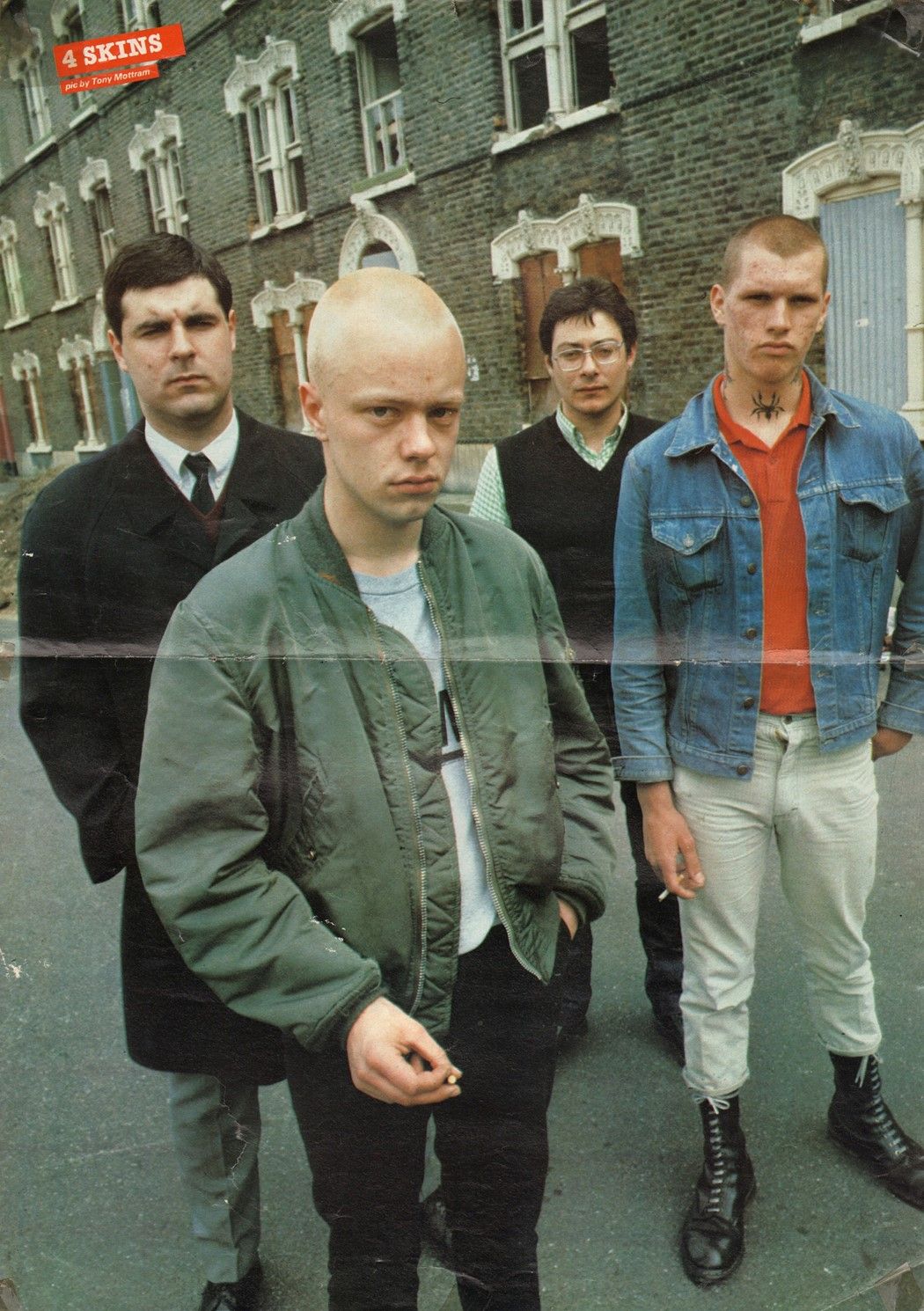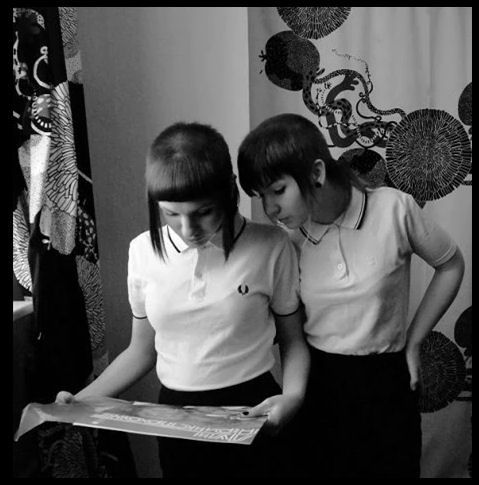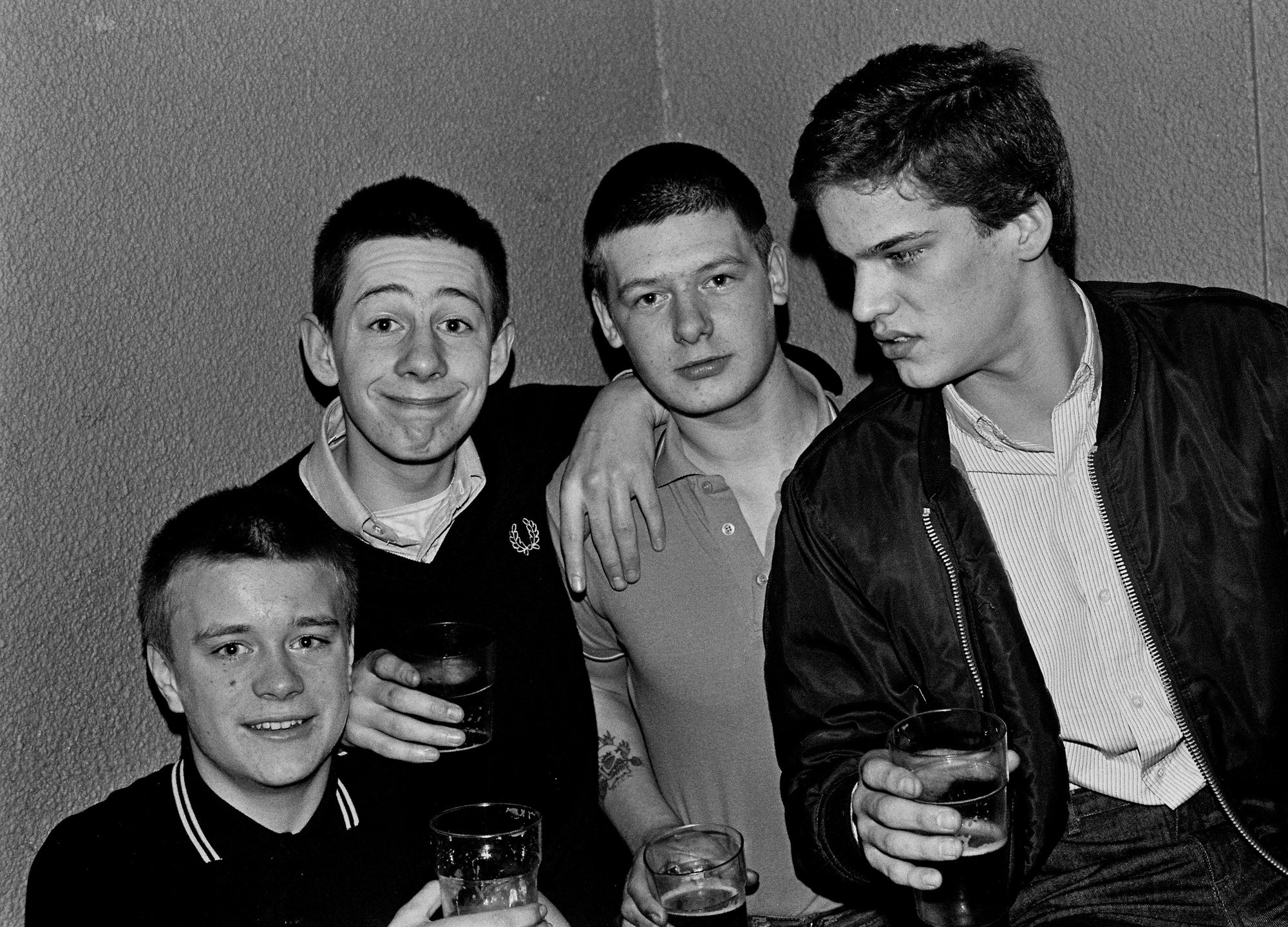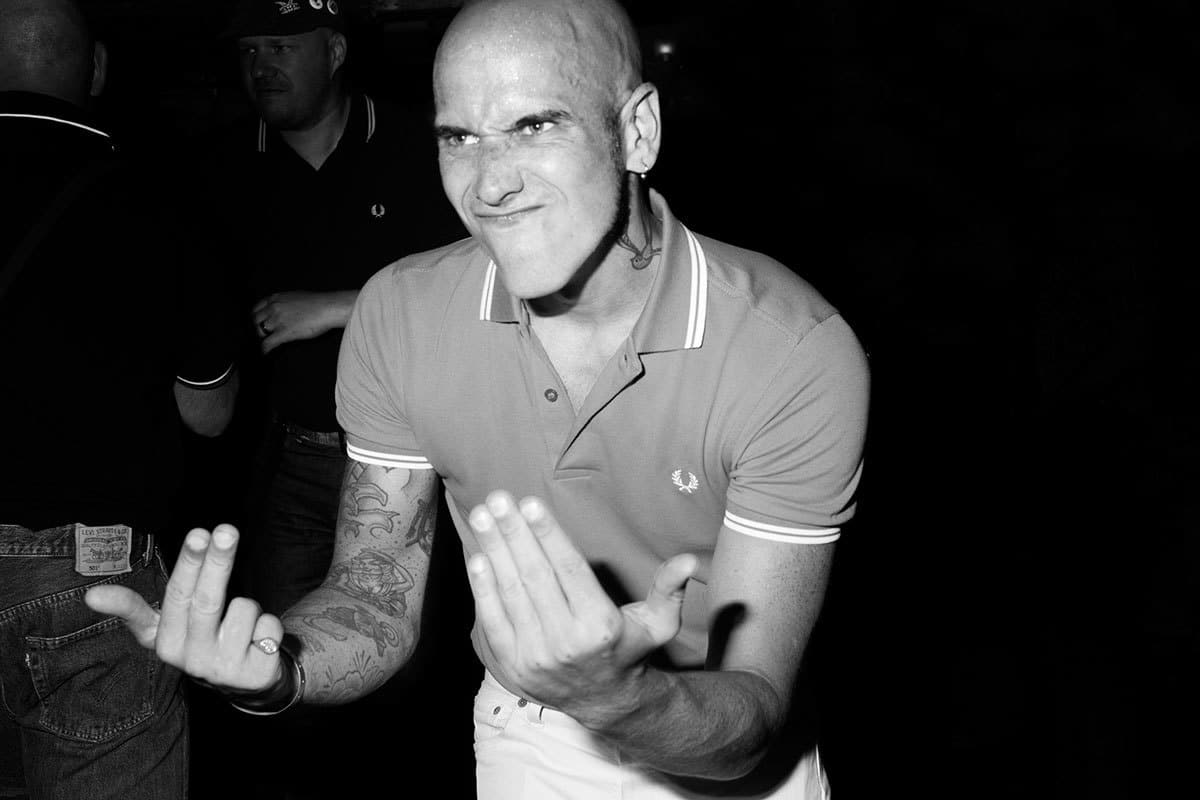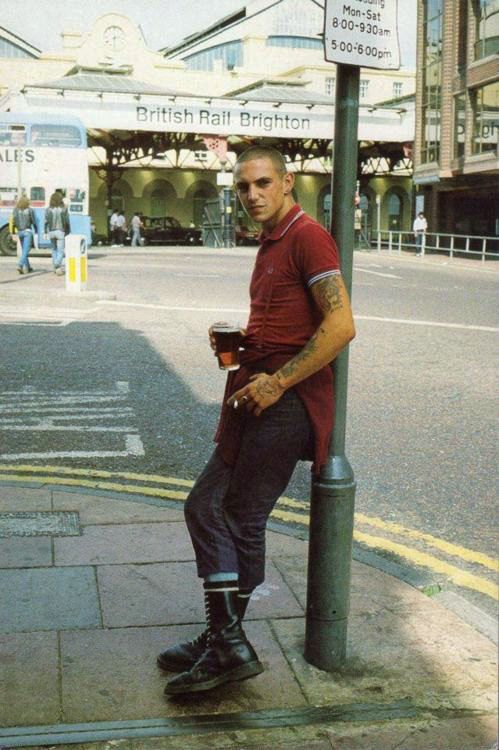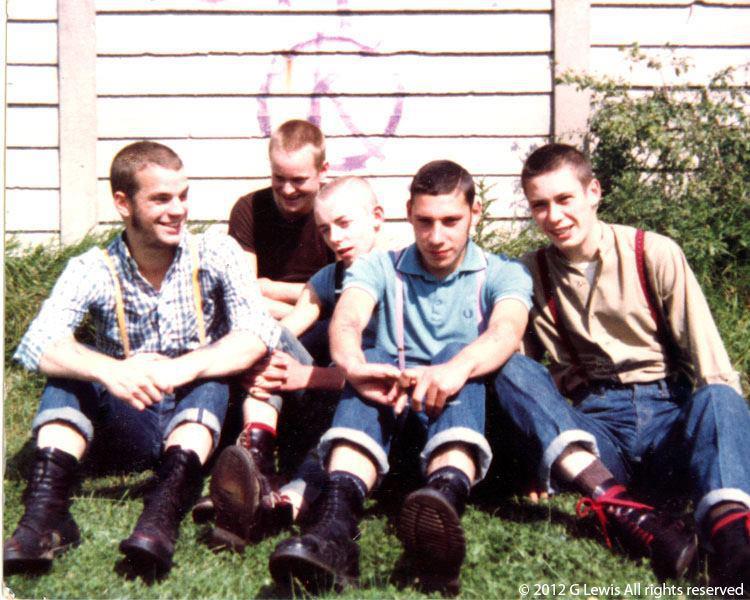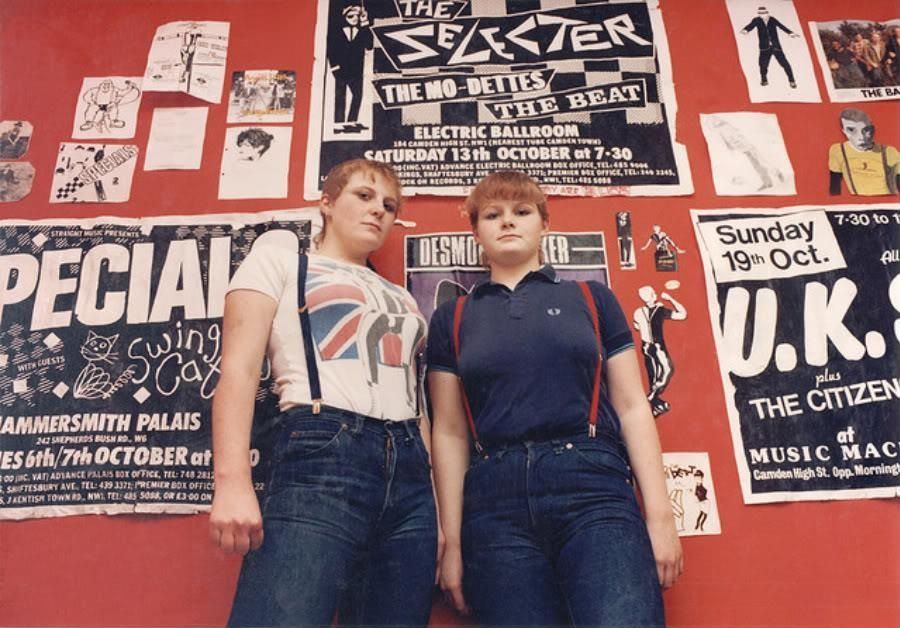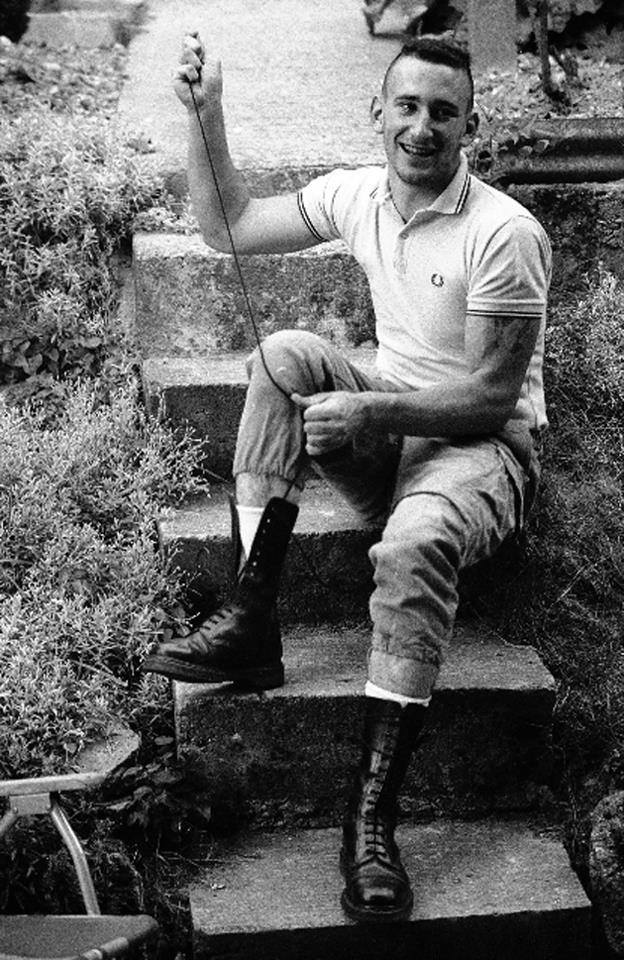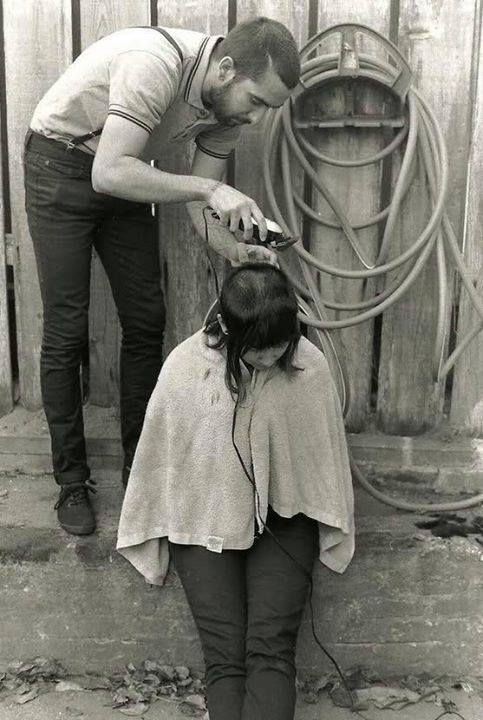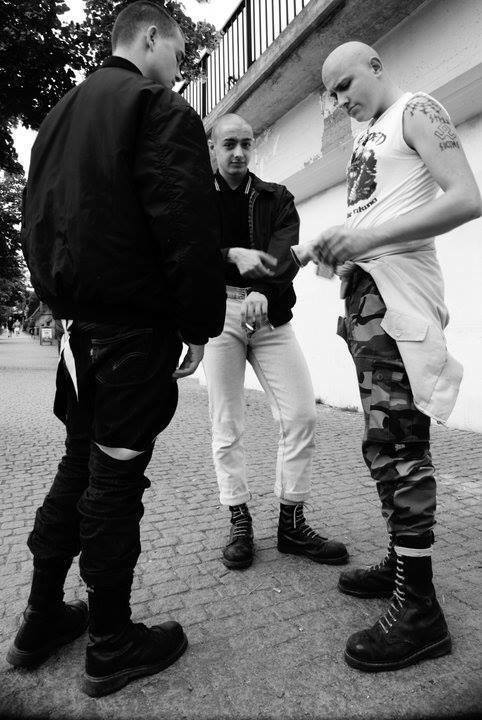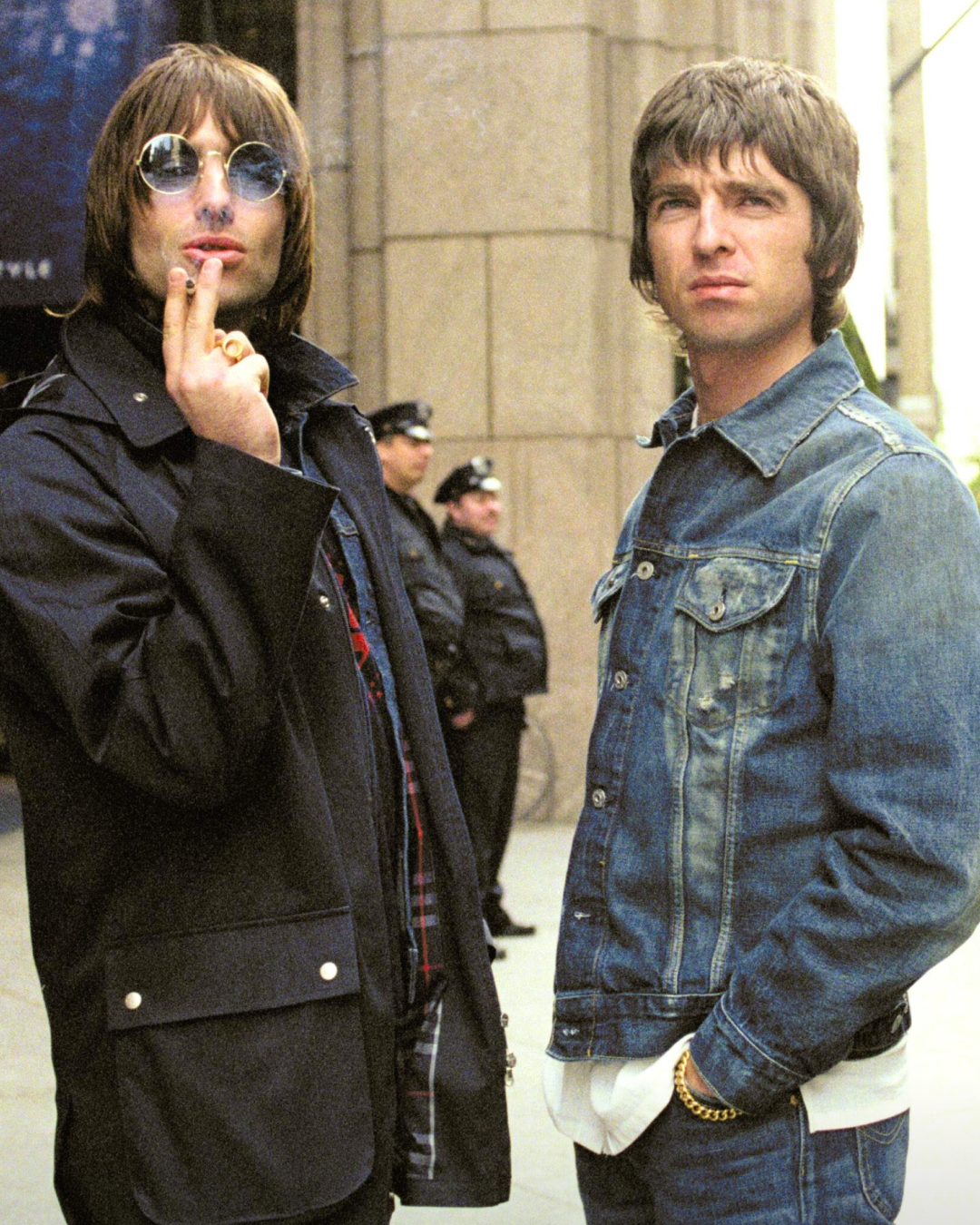
The complicated history of the Fred Perry polo shirt A symbol of all countercultures, first left and then right
In 2020 everything is political, even clothes. Recently, for example, Fred Perry had to withdraw a black and yellow polo shirt from the North American market because it had become the unofficial uniform of the Proud Boys, a radical alt-right group also mentioned by Donald Trump in his last presidential debate with Joe Biden. The removal of polo from the market is perhaps the brand's first move to redefine the culture surrounding its polo - a common item in itself but on which layers of political meanings have accumulated over the years, first left and then right.
Le origini
In the 1960s, in England, the children of immigrants from Jamaica and Barbados, who came to Europe after World War II, introduced musical genres such as ska and rocksteady among the young people of the English working class, and the aesthetics that became known as that of the rude boys. Influenced by American jazz culture, the rude boys of Jamaica dressed in tailoring suits, micro-ties and felt hats. Don Letts, director of the documentary The Story of Skinhead recalls those years:
«You could see the music was bringing these different cultures together […]. Politics wasn’t really something that we talked about. […]They went for things that were associated with the English upper class and looked clean and sharp but were more affordable, and Fred Perry was definitely one of those things».
The polo shirt was a central garment in this movement originating in the working class because on the one hand it was an economic version of the shirt - garment much more expensive at the time - and on the other it was associated with the world of tennis, a sport typical of the English elite. Fred Perry was an athletics brand, its name still linked to the aristocratic imagery of Wimbledon, and his products far more accessible than the expensive suits that mods of the time got made at Savile Row. The white polo became therefore both the symbol of a social aspiration through which young people of the street could appropriate the visual language of the higher classes, and a distinctive and identitarian sign of their generation and class of belonging. It was at this time that the Fred Perry pole was associated with the left-wing political movements.
Meanwhile, the political situation in the United Kingdom was beginning to become turbulent at that time, with a climate of distrust and xenophobia that resulted, in 1968, in a famous speech by the conservative Enoch Powell, which went down in history as the Rivers of Blood speech. The MP drew the coals of intolerance, drawing a gloomy picture of immigrants who came to England stealing work from white Britons, and further tightening the already problematic attitude that part of society at the time had towards multiculturalism.
Stadiums, clubs and shaved heads
The aesthetics that the children of migrants had brought to England, of that working class that was now internally divided and full of hostility towards multiculturalism, then flowed back to the young white and disillusioned of the industrial cities of the north of England who found in football a valve of vent to their problems, their isolation and anxiety about the future – issues that emerged in the violent culture of hooligans and skinheads. Fred Perry's polo shirt, already, acquired new cultural meanings as it laid the groundwork for the birth of the casual hooligan aesthetic that over the decades would incorporate brands such as Stone Island and Lionsdale.
At the end of the 1960s and the beginning of the 1970s the main groups of hooligans were formed, having already behind a tradition of clashes and violence: between '61 and '68 there was an average twenty-five violent episodes each football season. In the early 1970s, cultural tensions were rising, choirs and racist abuse were commonplace for footballers of Afro-Caribbean origin and, as always happens in times of economic hardship, far-right groups were experiencing a new life. The U.K. National Front, the main of these groups, recruited new members right at the exit of the stadiums and, to attract young people, began to open clubs in the various cities, where they could gather, listen to live music and dance. The only requirement: to be a party member.
The strategy began to work and more and more young whites from the northern English working classes joined the party. Meanwhile, the term skinheads, born around 1968, had become increasingly popular as the ranks of the movement swelled. Their main trait, as the name implies, were the shaved heads while their uniform consisted of jeans or military trousers with suspenders, Dr. Martens boots and the inevitable Fred Perry polo shirt covered by a bomber jacket or a harrington jacket, whose collar and tennis inspiration were the synthesis of the motto: "Dress well and behave badly". The multicultural element of this proletarian aesthetic disappeared both in terms of inclusivity and musical: the musical genres Oi! were born and punk rock, a mixture of rock played in National Front pubs and stadium choirs.
In 1979, when Margaret Thatcher implemented her neoliberal and isolationist policies in the United Kingdom, neo-Nazi and far-right demonstrations increased dramatically. Amid those demonstrations, skinheads began to appear whose outfits were becoming increasingly politicizing, associated with members of the National Front. Skinheads hanged in the streets of Bethnal Green, harassing Bangladeshi immigrants and citizens of Afro-Caribbean descent. It was at this time that the skinhead aesthetic forever linked to right-wing nationalist movements.
From UK to USA
When Ronald Raegan became president of the United States in 1981, his conservative policies gave new impetus to that neo-Nazi substrate that had remained, until then, more or less dormant in the United States. A historical and cultural juncture that allowed the skinhead culture to spread overseas with all its various cultural significances – including the now iconic Fred Perry pole. Young white right-wingers, rejected by the anti-Republican values of punks, found skinhead culture a cultural platform to express their identity. So much so that when the Southern Poverty Law Center, one of the leading civil rights organizations, inserted Fred Perry and Dr. Martens into their skinhead identikit in the early 1990s.
A new change came in the 1990s and early 2000s. The youth subcultures of past decades became a visual archive of reference that the Brit Pop generation exploited in full, stripping it in part of its political connotations and transforming it into the mainstream image of the English rock singer. Pete Doherty and The Libertines, Oasis, Blur and later Amy Winehouse all appropriated the edginess of the skinhead movement - retaining the idea of rivalry and social anger of the working class but eliminating the nationalist element that survived within the more underground circles that were increasingly extreme in England as well as in America. The Fred Perry polo shirt at that time became a symbol of the British style whose political resonance remained, due to its mainstream commercialization, at least partly indistinct.
Today, groups known as the alt-right, such as the Proud Boys, are not too proud to associate directly with neo-Nazis, even if their political ideals are completely aligned with this political ideology. Although the skinhead culture has come to an end and the movement loses relevance, the visual and identity imagery of Fred Perry's polo has migrated to groups like theirs, following the ideal union trait of white supremacy.
Members of the alt-right prefer to reconnect with the social anger of 1960s skinheads to say they are going against the system - without obviously realizing that they are cultivating retrograde, conservative rather than progressive values. Each of these groups feels the need to create a sense of internal cohesion that is developed through rituals (beating and getting beaten, swearing, demonstrations) and through a uniform, Fred Perry's yellow and black polo shirt. A type of unofficial cultural twinning to which the brand has given in recent days a strong and decisive cut withdrawing from the market from the pole. A noble move by Fred Perry that will help to give visibility to the movement – whose members could now react by further reinforcing the cultural and ideological imagination of which the Fred Perry pole has been forcibly cloaked.












































